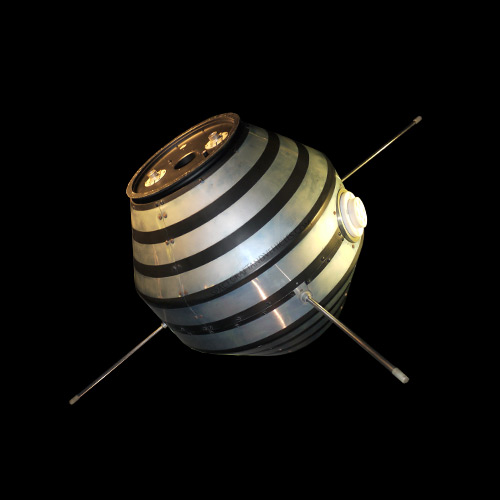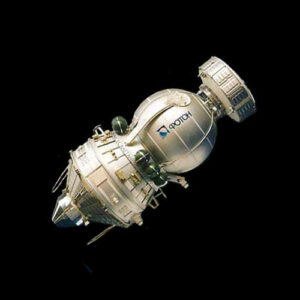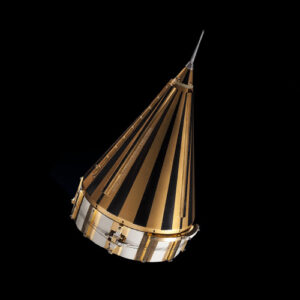Astérix, launched by France on November 26, 1965, was the nation’s first satellite to be independently placed into orbit. It not only represented a significant achievement in French space exploration but also played a pivotal role in showcasing France’s capabilities in space technology. Despite its modest size and limited functionality, Astérix marked a momentous step forward for France in its pursuit of scientific discovery and technological advancement. Learn more about it here.
In the early 1960s, the French space agencies CNES and CNET were developing two satellites: FR-1 and Astérix. FR-1 was the first in a planned series of six satellites, each designed to study different parts of Earth’s atmosphere. FR-1 focused on the Earth’s magnetic and electric fields in the ionosphere and magnetosphere.
Astérix, originally called FR-2, was also meant to study the ionosphere. Future satellites (FR-3 to FR-6) were planned to explore topics like hydrogen levels, magnetic impulses, and solar stabilization.
Although FR-1 was scheduled to launch first, Astérix was launched earlier in 1965. This was done so France could become the third space power by launching its own satellite on a French rocket—a major political move during the Cold War.
Design and Construction
Astérix featured a spherical design crafted from aluminum alloy, housing scientific instruments and telemetry equipment within its compact structure. The satellite’s exterior was adorned with four long antennas and solar panels to generate electrical power for its systems. Developed by the French National Centre for Space Studies (CNES), Astérix demonstrated France’s capacity to design and construct spacecraft capable of withstanding the rigors of space travel.
Constructed with precision and attention to detail, Astérix exemplified French ingenuity and engineering prowess, showcasing the nation’s commitment to space exploration. Its successful deployment into orbit marked a significant achievement for France and paved the way for future endeavors in space technology.
Mission Objectives
- The primary objective of Astérix was to demonstrate France’s capability to independently launch and operate a satellite in Earth’s orbit.
- Secondary objectives included gathering scientific data on Earth’s ionosphere and conducting technological experiments in space.
Launch and Deployment
- Astérix was launched atop a Diamant A rocket from the Hammaguir Test Range in Algeria.
- The satellite achieved orbit and transmitted data back to ground stations, confirming its successful deployment and operational status.
Technical Specifications
- Dimensions: Approximately 1.4 meters in diameter.
- Weight: Approximately 42 kilograms.
- Power Source: Solar panels provided electrical power for the satellite’s systems.
- Instruments: Astérix carried scientific instruments to measure radiation levels, magnetic fields, and ionospheric phenomena.
Current Status
Astérix’s mission concluded successfully after several months of operation, during which it provided valuable data on Earth’s ionosphere and contributed to scientific research in space. The satellite continued to orbit the Earth for a period before reentering the atmosphere and burning up upon reentry.
While Astérix’s operational lifespan was relatively short, its legacy endured as a testament to France’s contributions to space exploration and technology. The success of Astérix bolstered France’s position in the global space community and laid the groundwork for future advancements in French space technology.







